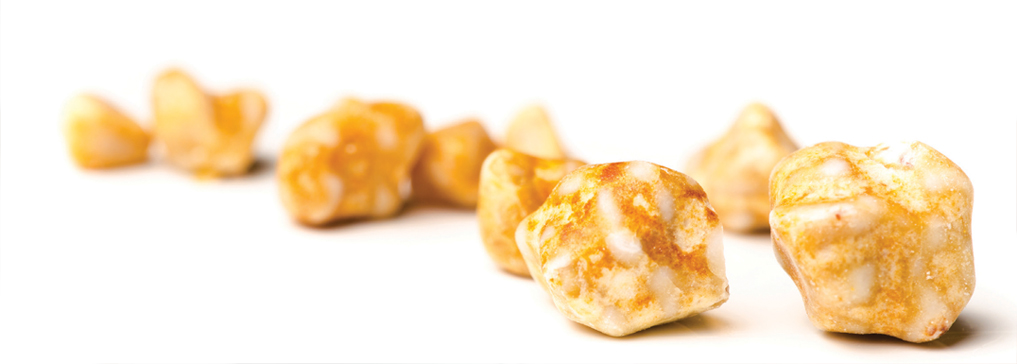Gallstones are pebble-like deposits of bile inside the gallbladder. They can be as small as a grain of sand or as big as a golf ball and can occur as a single stone or as a collection of stones in a combination of sizes. There are two types of gallstones: cholesterol stones, which account for 80 per cent of gallstones, and black or brown pigment stones, which are composed of bilirubin, a chemical found in bile.

The majority of people with gallstones do not experience any symptoms. The gallstones are often discovered during a routine x-ray, abdominal surgery or other medical procedures.
Occasionally, gallstones can cause prolonged discomfort and cramps as the stones move down the bile duct, creating a blockage and increasing the pressure in the gallbladder. These sudden occurrences are known as gallbladder “attacks” which often happen during the night or after a fatty meal.
Surgery may not be needed unless there are symptoms. However, people with frequent gallbladder attacks may choose to have their gallbladder surgically removed. The procedure is known as cholecystectomy and it can be performed using a laparoscope and a miniature video camera. The process is minimally invasive and most patients require only an overnight stay at the hospital.
Laparoscopic cholecystectomy is often preferred over open cholecystectomy, which requires a 5- to 8-inch incision across the abdomen and results in longer hospital stays and recovery time. Open surgery accounts for about five per cent of gallbladder operations, and it is usually done if the gallbladder has severe inflammation, infection, or scarring from other operations.
In rare and special situations, such as when a patient has a serious medical condition preventing surgery, medications may be taken to dissolve the gallstones. The procedure is limited to small cholesterol stones and may require months or years of treatment to fully dissolve all the gallstones.
Some steps you can take to reduce your risk of forming gallstones that can cause symptoms are:
- Maintain a healthy weight. If you need to lose weight, do so slowly and sensibly; with a weight loss of not more than 1 – 2 lbs (0.5 – 1kg) a week. Rapid weight loss, and subsequent weight regain may increase your risk for gallstones, especially for women.
- Eat regular, balanced meals. Eat regular meals. Try not to skip meals. Your meals should contain some fat as this causes the gallbladder to empty, and plenty of whole grains and fibre. Avoid saturated fat though and foods that are high in cholesterol.
- Exercise regularly. Exercise will help you to reduce your risk for gallstones as well as help you to maintain a healthy weight.







